getting a handle on CA Title 24
zinnah
17 years ago
Related Stories

EDIBLE GARDENSNatural Ways to Get Rid of Weeds in Your Garden
Use these techniques to help prevent the spread of weeds and to learn about your soil
Full Story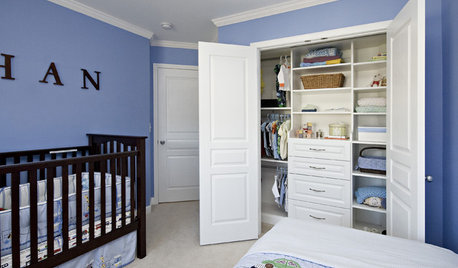
MOST POPULARHow to Get the Closet of Your Dreams
Do you cringe every time you open your closet door? It may be time for a makeover
Full Story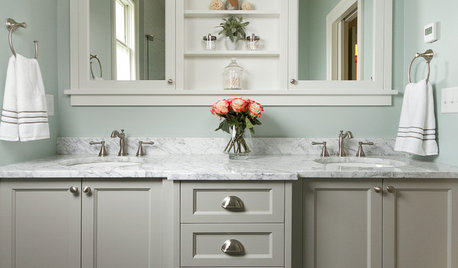
BATHROOM DESIGNShould You Get a Recessed or Wall-Mounted Medicine Cabinet?
Here’s what you need to know to pick the right bathroom medicine cabinet and get it installed
Full Story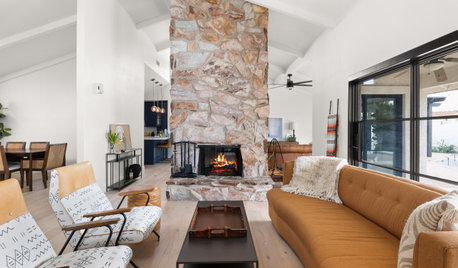
DECORATING GUIDESHow to Get Your Furniture Arrangement Right
Follow these 10 basic layout rules for a polished, pulled-together look in any room
Full Story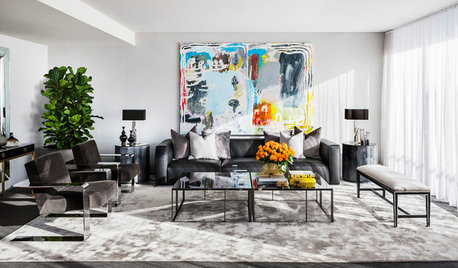
BUDGET DECORATING8 Cost-Effective Ways to Get a High-End Look
Don’t discount that expensive material yet. By using a small amount in a strategic way, you can get a luxurious look without the expense
Full Story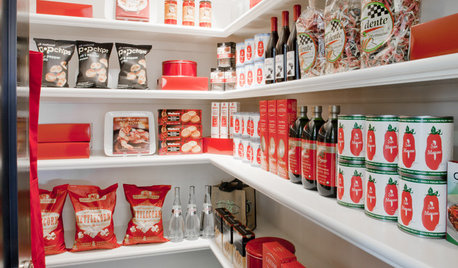
KITCHEN STORAGEGet It Done: How to Clean Out the Pantry
Crumbs, dust bunnies and old cocoa, beware — your pantry time is up
Full Story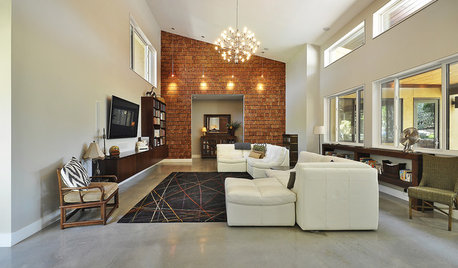
LIGHTINGReady to Install a Chandelier? Here's How to Get It Done
Go for a dramatic look or define a space in an open plan with a light fixture that’s a star
Full Story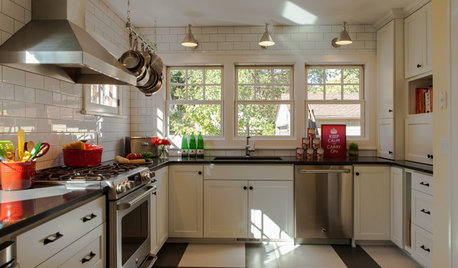
KITCHEN DESIGNGet Ideas from 10 Kitchen Makeovers
Share your thoughts on gorgeous kitchen transformations from Boston to Bristol. Which is your favorite?
Full Story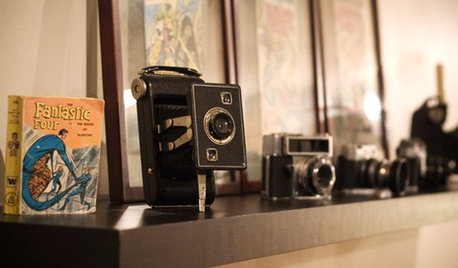
LIFEHow to Handle Inherited Things You Don’t Really Want
Whether you’ve inherited a large collection of items or a single bulky piece of furniture, it’s OK to let it go if you don’t need or want it
Full Story
LIFEHouzz Call: How Are You Handling the Record-Breaking Cold?
Share your tales, strategies and photos for everything polar vortex
Full StoryMore Discussions






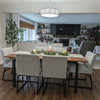


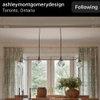
Jon1270
zinnahOriginal Author
Related Professionals
Lawrence Lighting · Lorton Furniture & Accessories · Racine Furniture & Accessories · Los Gatos Furniture & Accessories · Wilmington Furniture & Accessories · Barstow Interior Designers & Decorators · Clinton Township Interior Designers & Decorators · New Providence Interior Designers & Decorators · Maple Grove Decks, Patios & Outdoor Enclosures · Bonney Lake Decks, Patios & Outdoor Enclosures · Jackson Decks, Patios & Outdoor Enclosures · Kyle Decks, Patios & Outdoor Enclosures · New Albany Decks, Patios & Outdoor Enclosures · Prescott Decks, Patios & Outdoor Enclosures · Renton Decks, Patios & Outdoor Enclosuresdim4fun
dmlove
Helen Sklar
Jon1270
Helen Sklar
dim4fun
Helen Sklar
dmlove
Jon1270
Helen Sklar
dmlove
Helen Sklar
dmlove
Jon1270
stumpg
sharkm
stumpg
sharkm
stumpg
monypit
dmlove
dmlove
monypit
aussies
bigkahuna
solarpowered
PoorOwner
thull
chris2009
remodelzombie
dim4fun
remodelzombie
remodelzombie